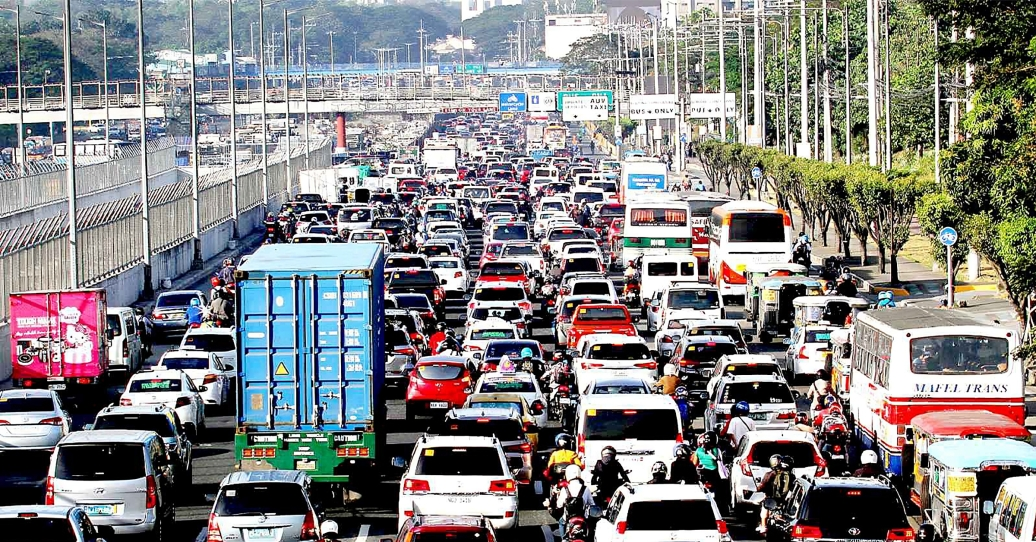MANILA: Metro Manila has been ranked as having the worst traffic in the world for 2024, surpassing other major global cities. The annual traffic index report has placed the Philippine capital at the top of the list, making it a focal point of attention for transportation and urban planning experts. The region’s congestion levels have steadily worsened over the years, contributing to frustration among commuters and a negative impact on the economy. The report highlights the severe traffic jams and long travel times, particularly during peak hours.
One of the main factors behind Metro Manila’s gridlock is the lack of efficient public transportation systems, which forces many people to rely on private vehicles. The inadequate road infrastructure, coupled with a growing population, has exacerbated the situation. Experts argue that without substantial improvements to the transport network, traffic conditions will only continue to deteriorate. With millions of vehicles on the road daily, the city faces challenges in implementing effective solutions for smoother mobility.
The economic costs of such traffic congestion are also significant. According to the report, the Philippines loses billions annually due to the inefficiencies of its transportation system. These losses stem from wasted hours spent in traffic, the increased fuel consumption, and the decline in productivity as workers spend more time commuting. The strain on the environment also cannot be overlooked, as the heavy congestion leads to higher levels of air pollution and carbon emissions.
To address the growing traffic crisis, government officials have been proposing various solutions, including the expansion of the metro’s public transit network, the construction of additional highways, and improvements in traffic management. However, the success of these projects will depend on political will and effective implementation. As Metro Manila continues to grapple with its traffic issues, the challenge remains to find long-term, sustainable solutions that can improve the daily commute for residents and reduce the adverse impacts of congestion on the economy and environment.



